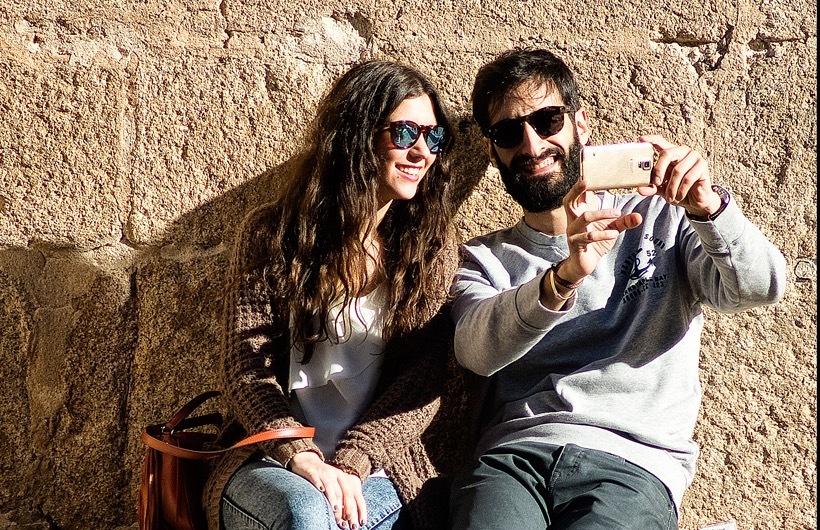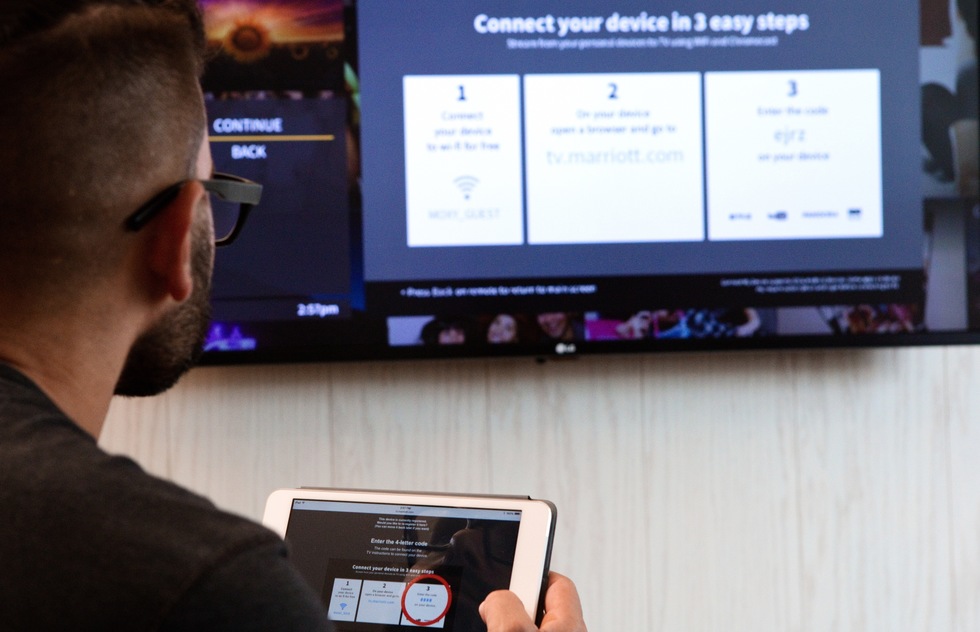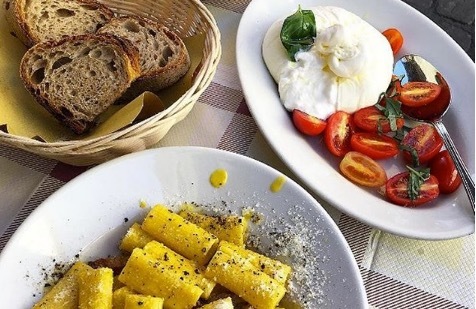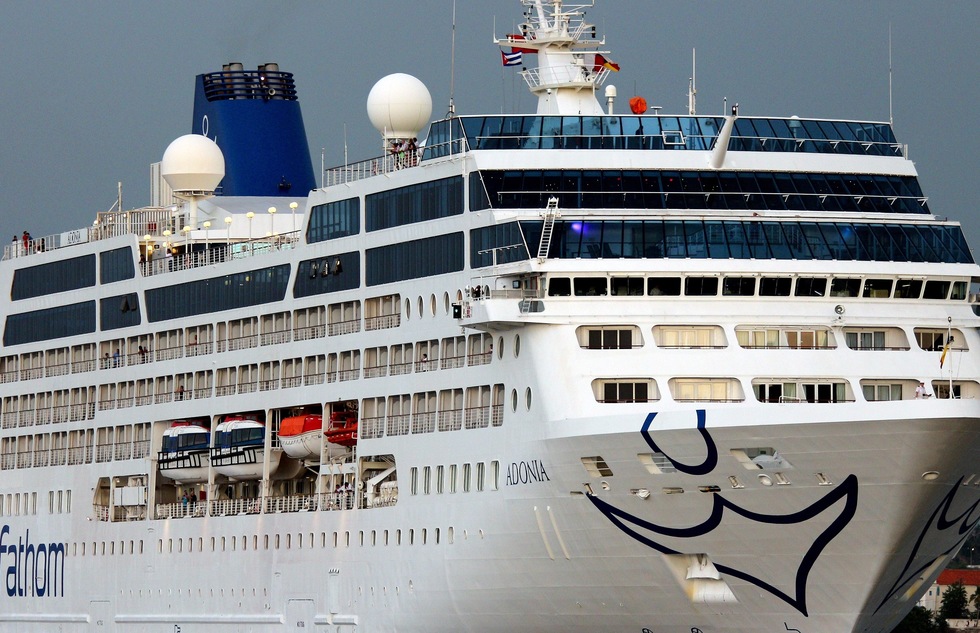8 Ways Millennials Are Changing Travel
By Zac ThompsonRead enough think pieces about millennials—people in their 20s and 30s who came of age around the beginning of the 21st century—and you’re liable to get a contradictory image of the much-discussed, oft-maligned, hotly-coveted-by-advertisers cohort. On the one hand, millennials are often described as entitled, self-loving smartphone addicts, binging on Netflix and sponging off their parents. On the other, we’re told they’re openminded and earnest dreamers, saddled with college debt yet eager to explore the world and commune with others.
Those in the travel industry would like very much to pin down what millennials want. The generation is large—more than a quarter of the U.S. population, says the Census Bureau—and, according to numerous surveys, travel is a top priority for them. A 2014 Harris poll, for example, found that more than 70% would rather spend their money on experiences than stuff. Hotels, cruise lines, tour operators, and travel agents are happy to cater to millennials, but the consensus is that new ideas are called for. Here’s some of what the industry has come up with so far.
It's gotten awfully easy to continue clicking, swiping, texting, and tweeting while you're on the road. Partly to appeal to millennials and partly to accommodate the technology fixation of travelers of all ages, hotels are going all out with space-age features, from the gimmicky (robot bellhops, emojis on room-service menus at Aloft hotels) to the handy (free Wi-Fi and keyless room entry). Additionally, they're keeping guests connected to their favorite apps and networks with corporate partnerships that allow for streaming YouTube and Netflix on guest-room TVs (Moxy Hotels), hailing rides from Uber (Hotel Indigo), and having food delivered via GrubHub (Hyatt Centric). Cruise companies and airlines, for their part, are working to improve their notoriously poky Wi-Fi service, which on some carriers like JetBlue is now being given away for free. Tour operators including G Adventures and Contiki have also equipped their vehicles with Wi-Fi and charging ports—that last part being a crucial addition that the designers of hotels, planes, ships, and buses would be wise to remember. After all, if we're going to stay plugged in all the time, we're going to need lots of places to, well, plug in.
Among 18-to-34-year olds, social media platforms like Facebook, Instagram, and Snapchat have apparently instilled chronic cases of YOLO-ism (based on the hard-to-refute belief that You Only Live Once) and its more severe corollary, the dreaded Fear of Missing Out (or FOMO). In fact, in a recent survey conducted by Booking.com, 44% of millennials confessed to feeling envious when looking at friends’ vacation pics, and around 30% admitted to traveling so that they can post their own eat-your-heart-out images.
If you want to put up something cool on Instagram, the old here-are-my-feet-next-to-a-pool shot isn’t gonna cut it. Aware that they need to supply unique, visually arresting adventures, hotels, tour operators, cruise lines, and others are offering more and more craft beer tours, kayaking trips, waterfall hikes, and other uncommon excursions. G Adventures has an entire range of millennial-targeted “Yolo Tours” featuring numerous outdoor activities, abundant digital connectivity, and opportunities to socialize in Australia, South America, Africa, the American West, and elsewhere. We can feel the likes pouring in already.
Photo: a scenic lookout in the French Alps, shot by Jackson Harries, one of our favorite travel Instagrammers
Closely related to the thirst for new adventures among millennial travelers is the desire for authentic experiences that let them see a destination like a hip, in-the-know local rather than a tourist passing through on a bus. New hotel brands like Canopy by Hilton and Hyatt Centric aim to celebrate their locations with tastings of local wines, regional artwork, and nearby natural and cultural excursions. Home-sharing behemoth Airbnb, meanwhile, has launched a service called Trips (pictured above), where you can browse listings for experiences like cooking classes, guided tours, and pub crawls, all offered by local experts who set their own prices for what they offer. A surfer in Los Angeles will take you out on the waves, a singer in Havana will guide you through Cuban music clubs, and a London foodie will show you how to eat your way through that city’s street markets. It’s like having an interesting friend in the place you’re visiting—except you probably don’t have to pay your friends to hang out with you.
Taking a cue from trendy Silicon Valley companies that fill their offices with ping pong tables, video games, and comfortable “office pods” that look more like a well-off child’s bedroom than a cubicle, hotel companies have decided that millennial travelers want more laid-back common areas where they can hang out together and also maybe get some work done. Marriott International’s youthful Moxy brand, which launched in Europe in 2014 and has begun expanding to the United States, features large public living rooms outfitted with game tables as well as a library with plenty of USB and power outlets for plugging in smart devices. Onsite programming at Moxy’s flagship hotel in New Orleans (pictured above) includes sets by visiting DJs and events like an “acupuncture happy hour.” Let’s just hope the drinks aren’t for the ones with the needles.
If you’ve never heard of some of the hotel brands we’ve been talking about, that’s no surprise. The big chains—Marriott International, Hyatt, Hilton Worldwide, InterContinental Hotel Group (IHG)—have been on a brand-creating tear lately. After a recent merger with Starwood Hotels and Resorts, Marriott alone has 30 different brands; we’re guessing plenty of the company’s own executives can’t name them all. Part of this proliferation can be chalked up to hoteliers‘ perception that millennial travelers don’t like the cookie-cutter vibe usually associated with chains. And so the companies have answered with new brands touting in sales pitches their sleek design, up-to-date technology, and local experiences. Stay at an AC, Canopy, Centric, or Indigo property, and it’s hard to tell you’re at, respectively, a Marriott, Hilton, Hyatt, or IHG hotel. Whereas uniformity might have once signified reliability, nowadays hotels want to provide at least an illusion of independence.
Photo: a Canopy by Hilton room
Only about a quarter of baby boomers and a third of Gen Xers say a hotel’s fitness options have much influence over whether they’ll stay there, according to a 2016 survey by MMGY Global, a travel and hospitality marketing firm. But in the same study, nearly half of millennials claim that finding a hotel with a top-of-the-line gym makes them more inclined to book a room. Accordingly, there are now plenty of hotels with rock-climbing walls, complimentary yoga equipment, and fitness classes. Wellness is the entire focus at IHG's Even Hotels, where guests can take advantage of high-tech exercise machines, sip healthy smoothies, work at standup desks in guest rooms, and contact “chief wellness officers” to sign up for a group workout. Beyond hotels, a growing number of tour operators is adding a wellness component to sightseeing or outdoor adventure, such as those that let you combine yoga with surfing, horseback riding, and other active pursuits.
Everybody loves to eat when they travel, but millennials seem to be especially interested in unique and adventurous meals. Sixty-two percent of them—a larger chunk than in older generations—say that sort of dining is “very important” when they travel, according to Destination Analysts. Hence all the farmers' market visits, tastings, and cooking classes designed to satisfy that hunger. Dedicated to the 18-to-35 demographic, the tour company Contiki is launching a new program called Munch that will take participants through France, Spain, and Italy, stopping along the way at markets, vineyards, kitchens, and restaurants selected by a “foodie social influencer,” which has to be one of the most millennial-sounding job titles out there.
Cruise lines would also like to join the party—in some cases by literally throwing parties, often featuring live DJs, popular dance music, and concerts by pop stars from the '90s, the beloved decade of millennials' childhoods. Additionally, many lines have partnered with risk-taking chefs to provide more adventurous culinary offerings than the traditional buffets and shrimp-a-thons.
Longer port stays than in the past help supply more of the local experiences and unique adventures that millennials are said to want. Carnival Cruise Lines even introduced a line called Fathom to capitalize on the supposed “voluntourism” trend often associated with younger travelers. The idea: Combine sightseeing in the Dominican Republic and Cuba with social-impact projects. As they reach out to millennials, however, cruise companies are trying to be careful not to alienate their most loyal fans, such as seniors and families, and are therefore opting for an all-aboard, something-for-everybody approach instead of a complete generational overhaul. Finding the right balance can be a challenge—Carnival has already announced plans to scrap Fathom due to lack of interest.














